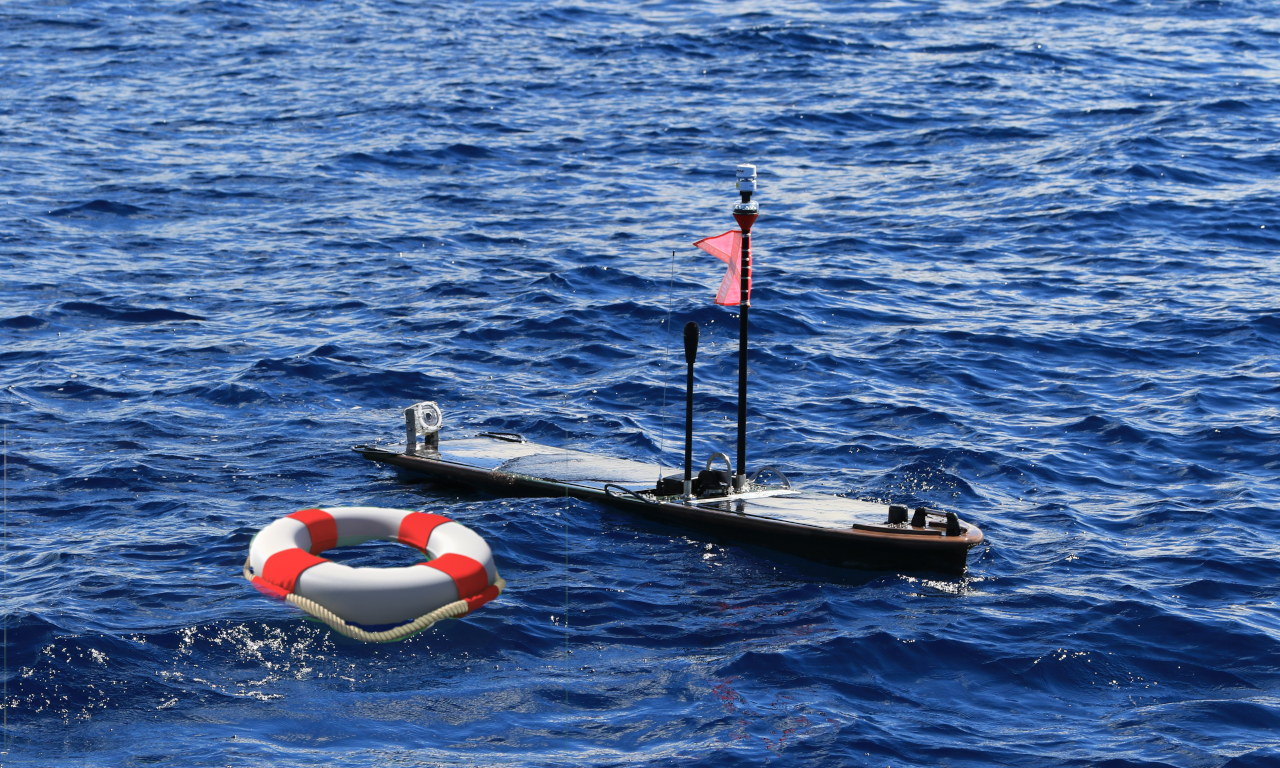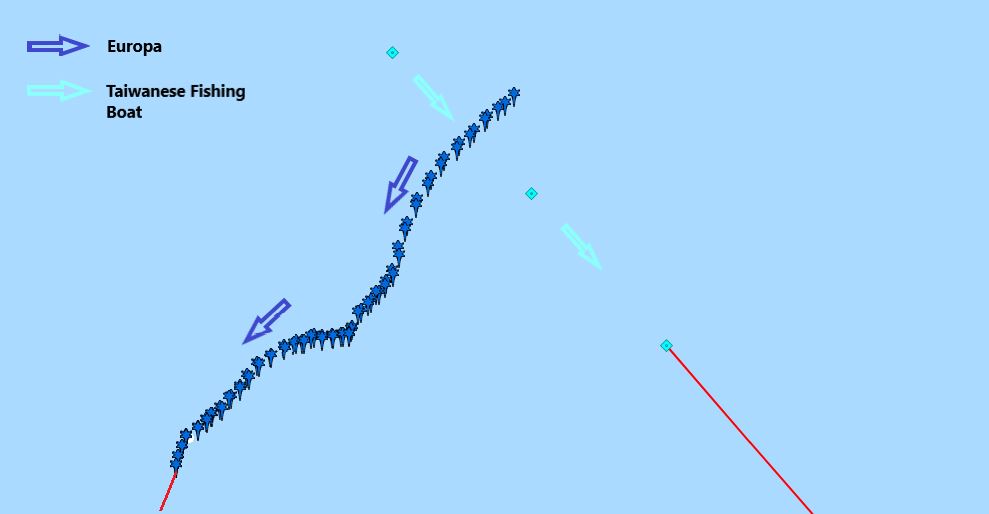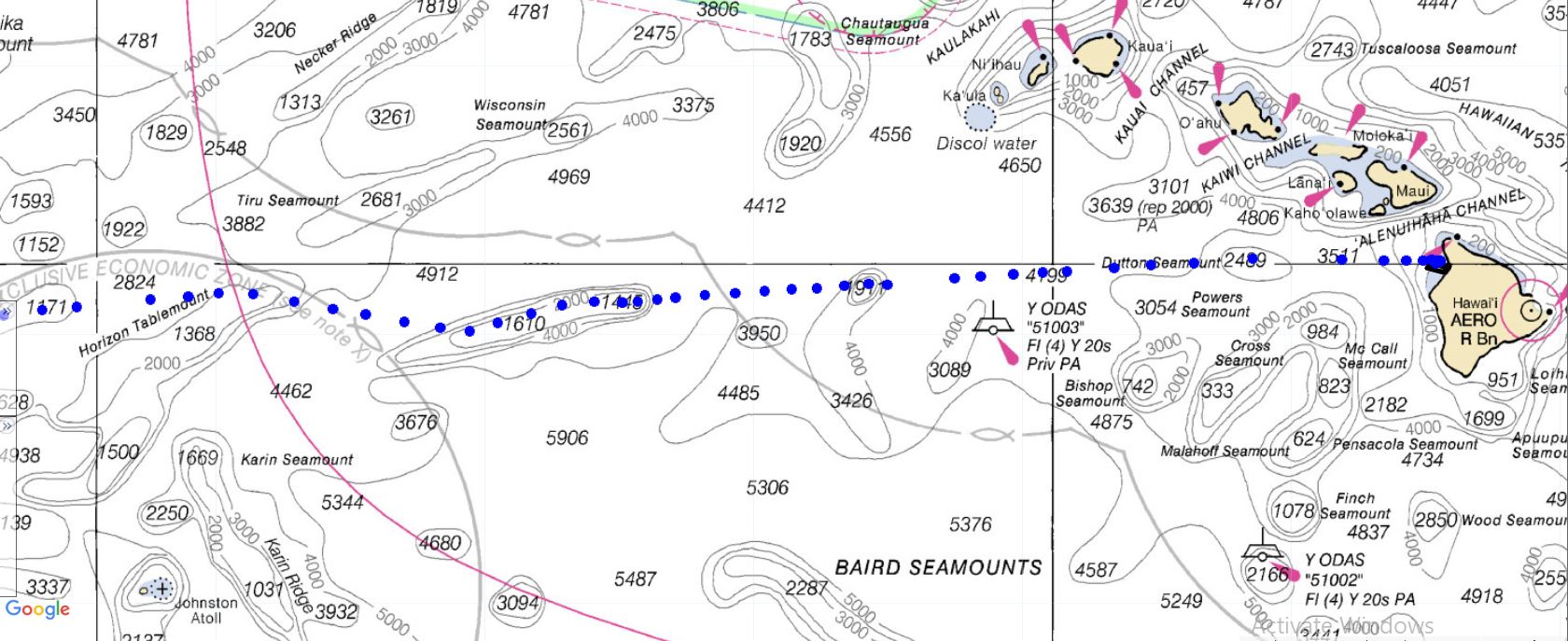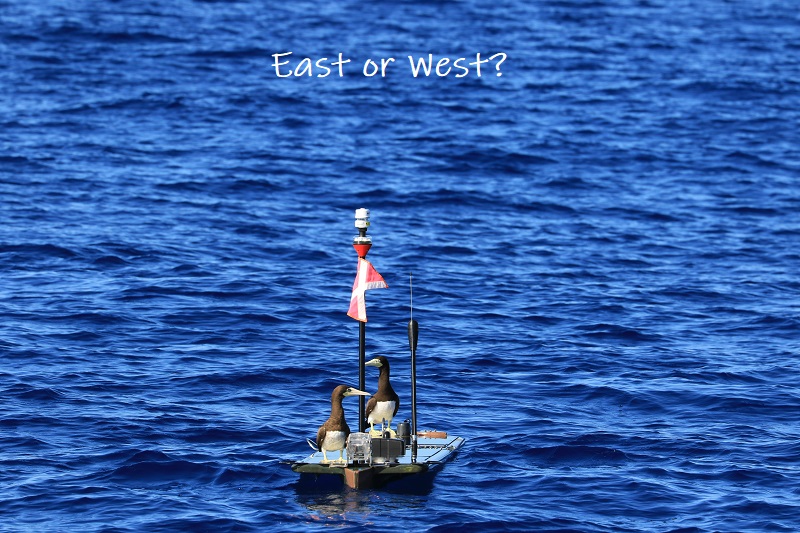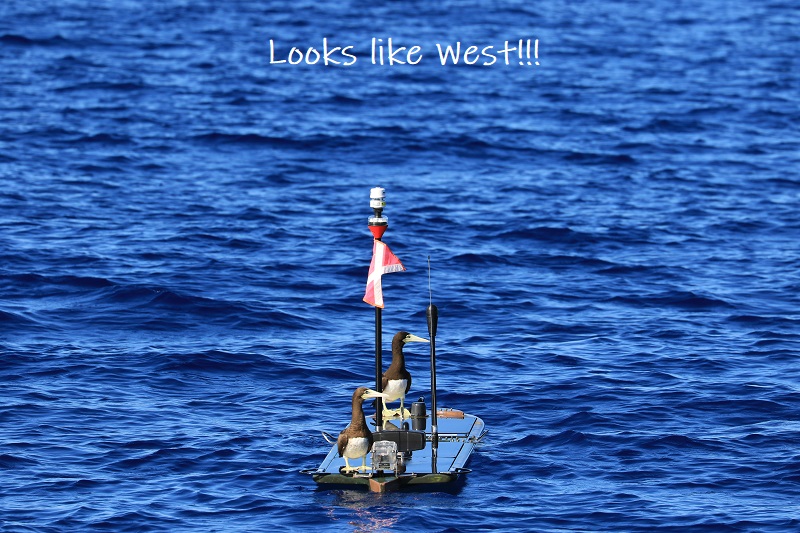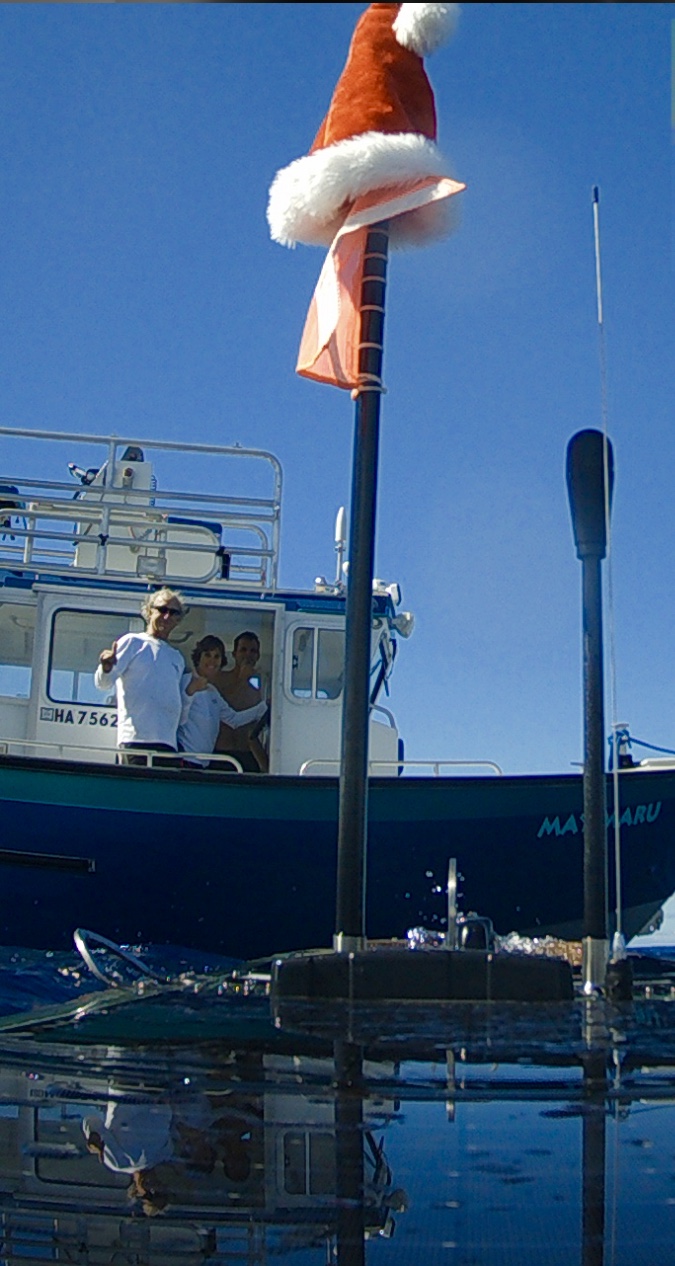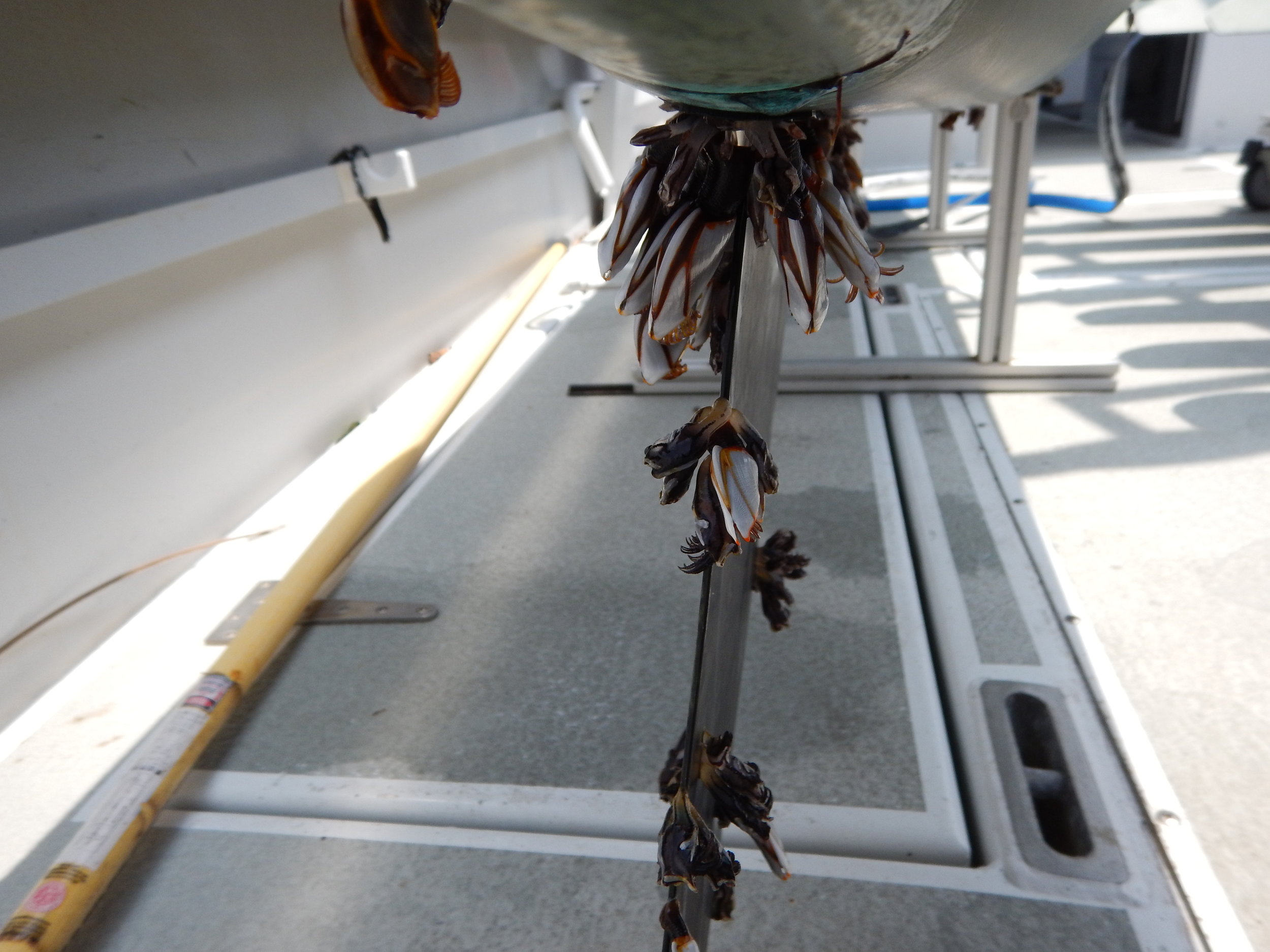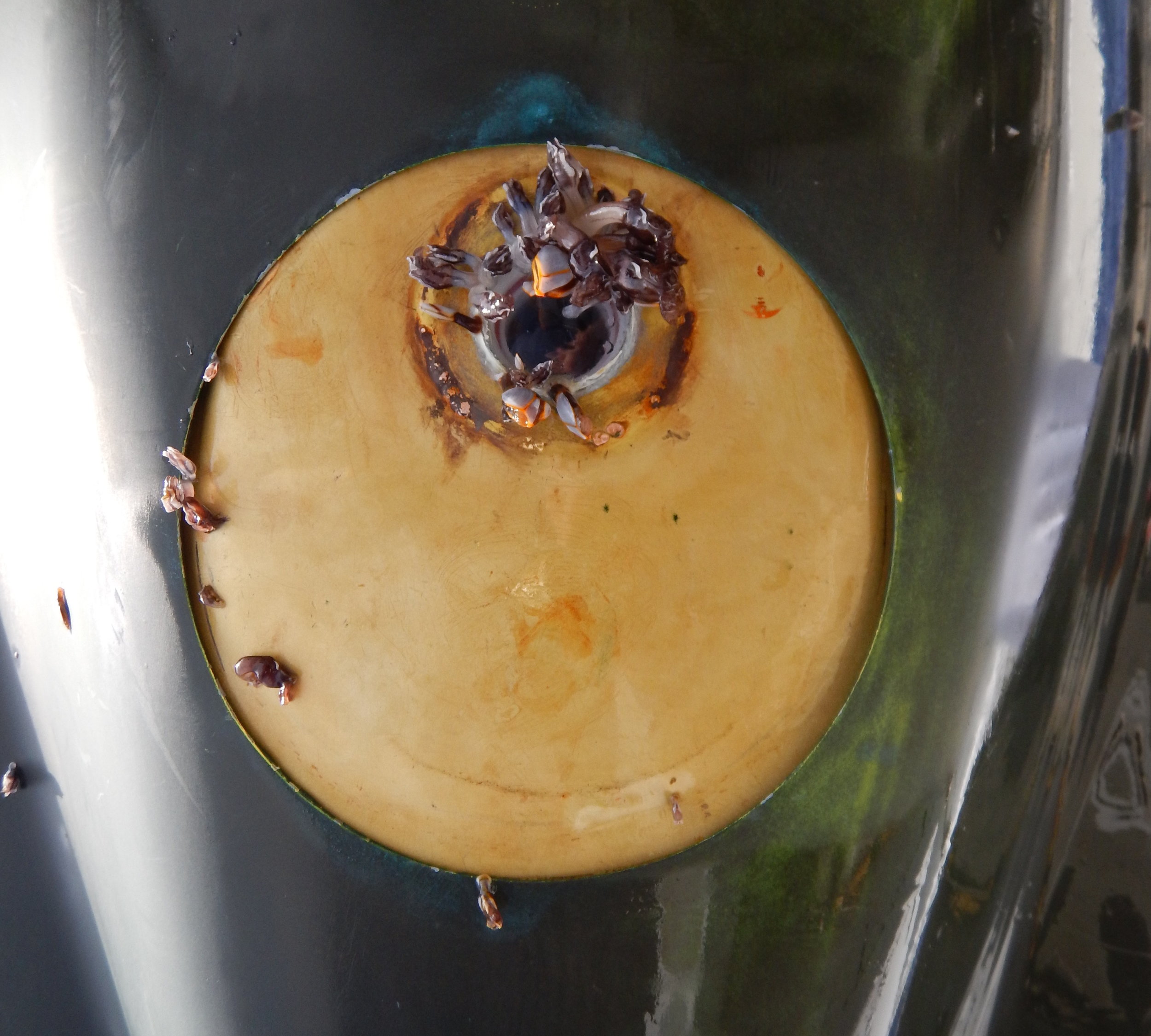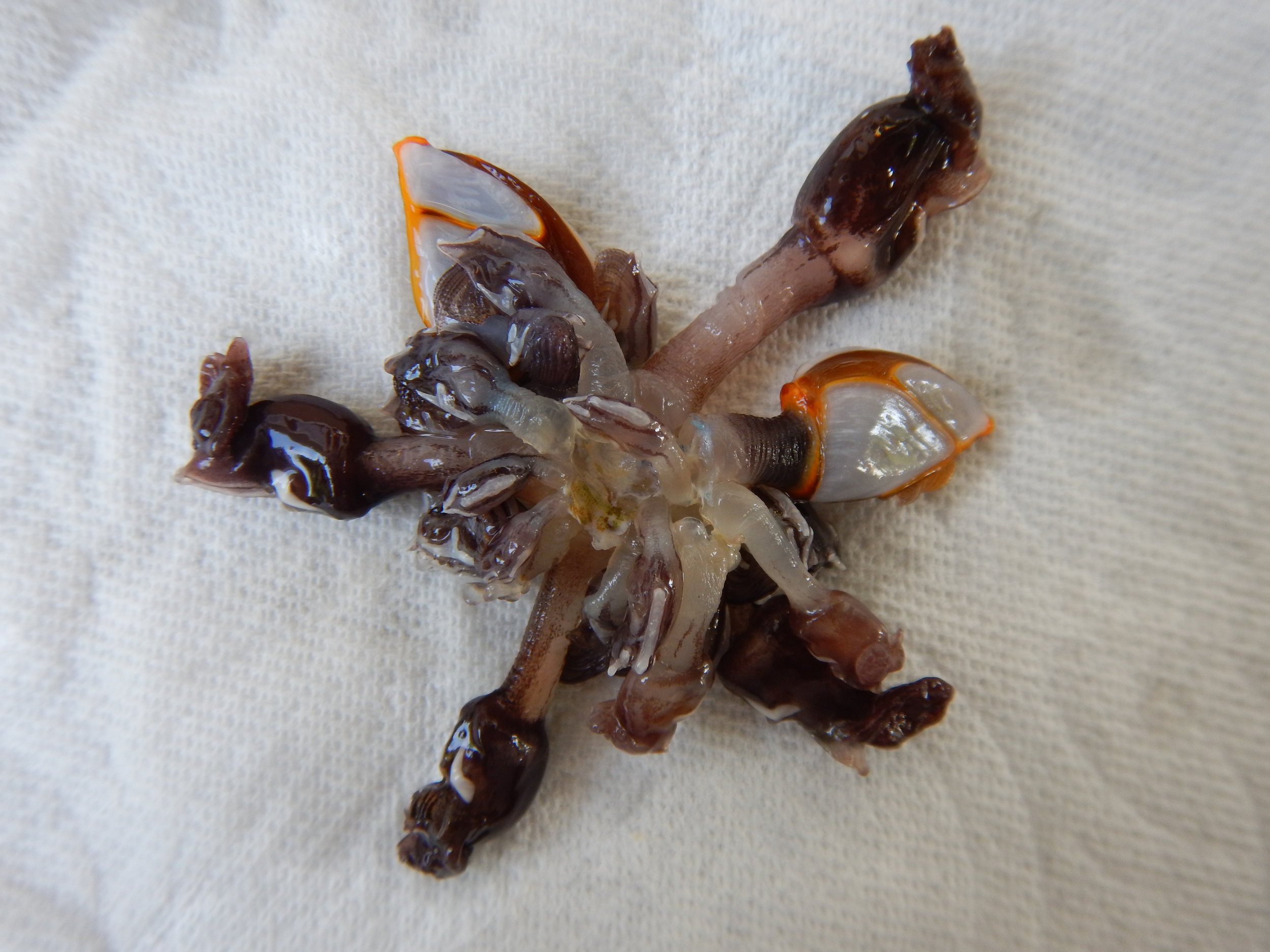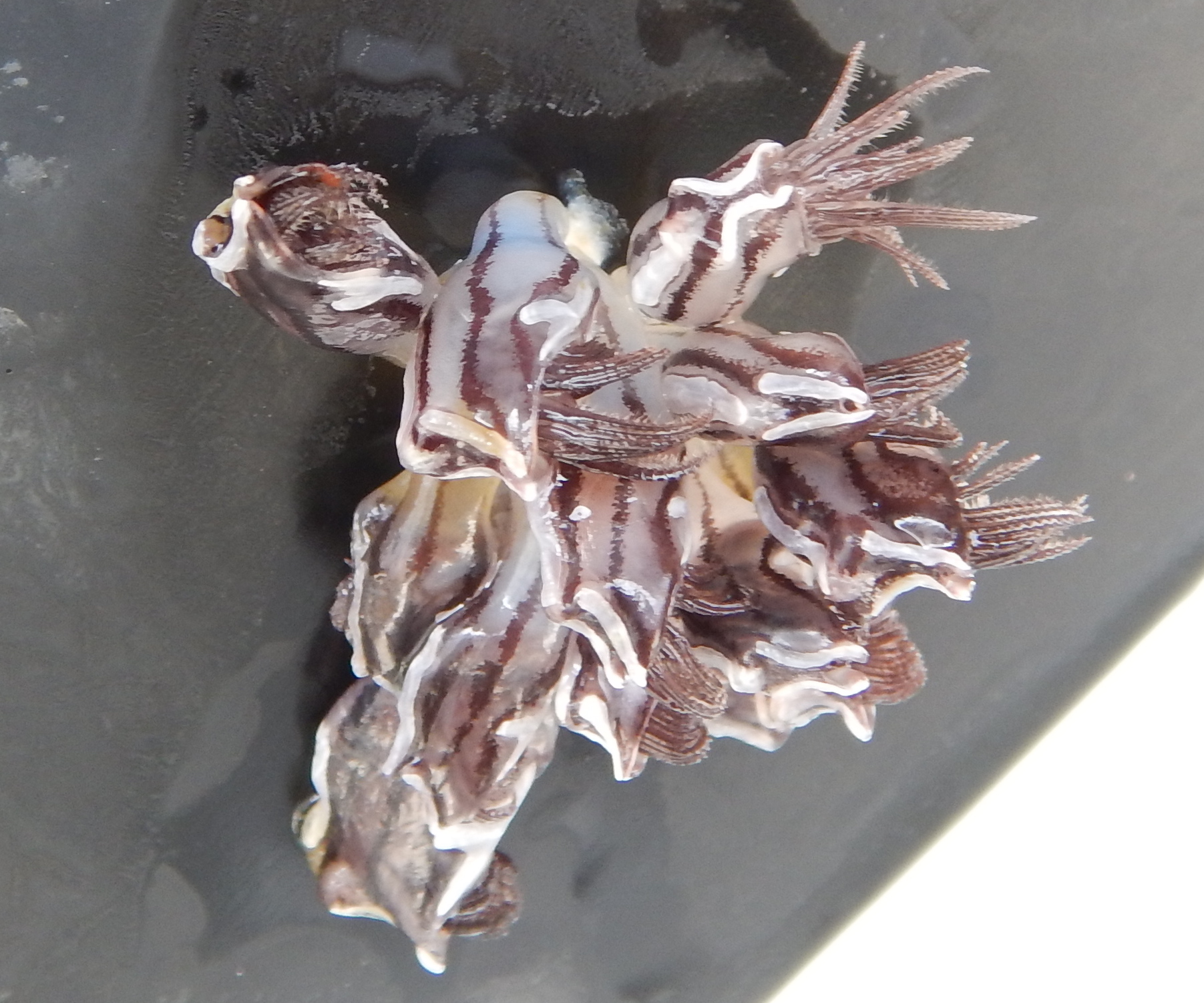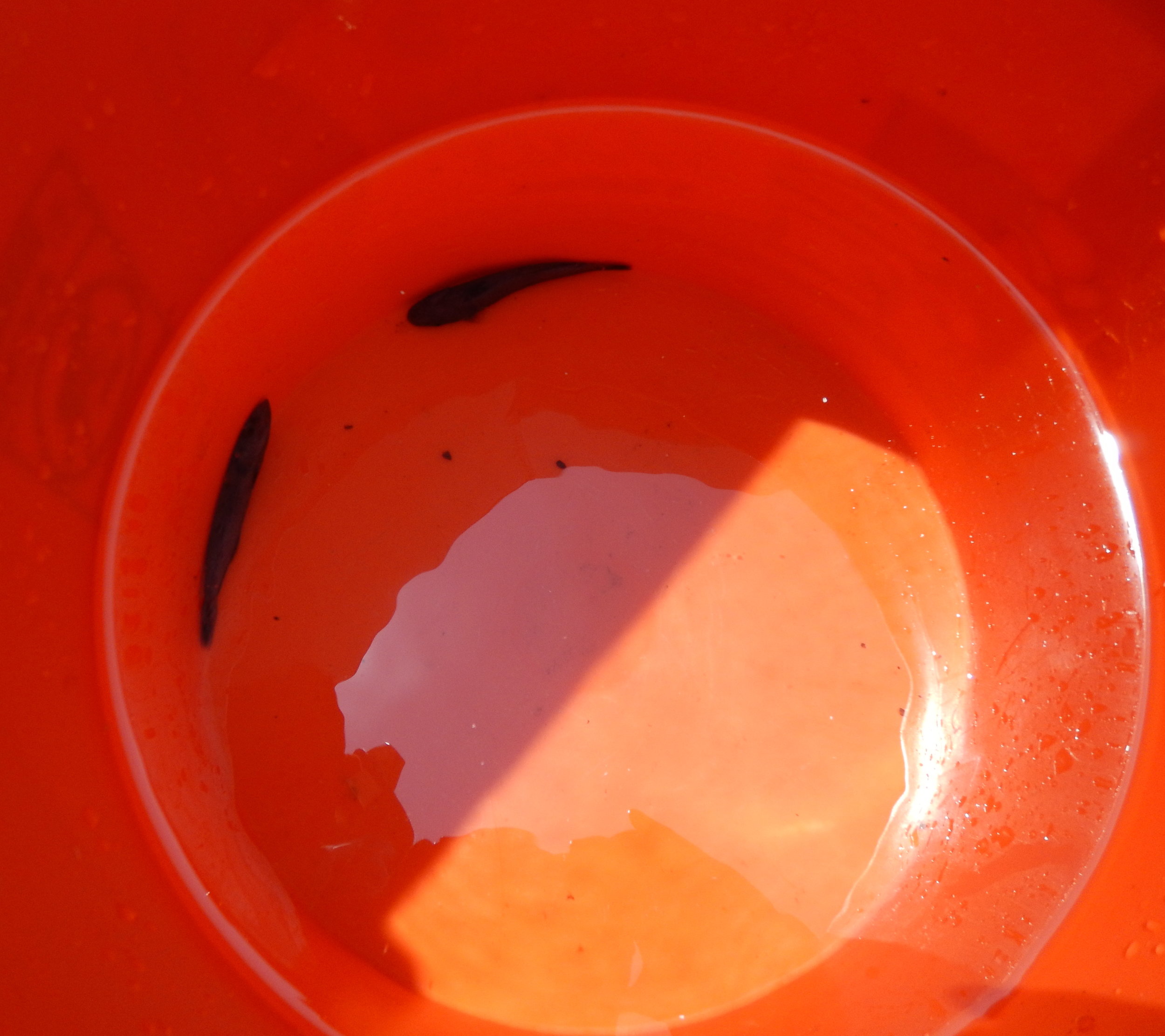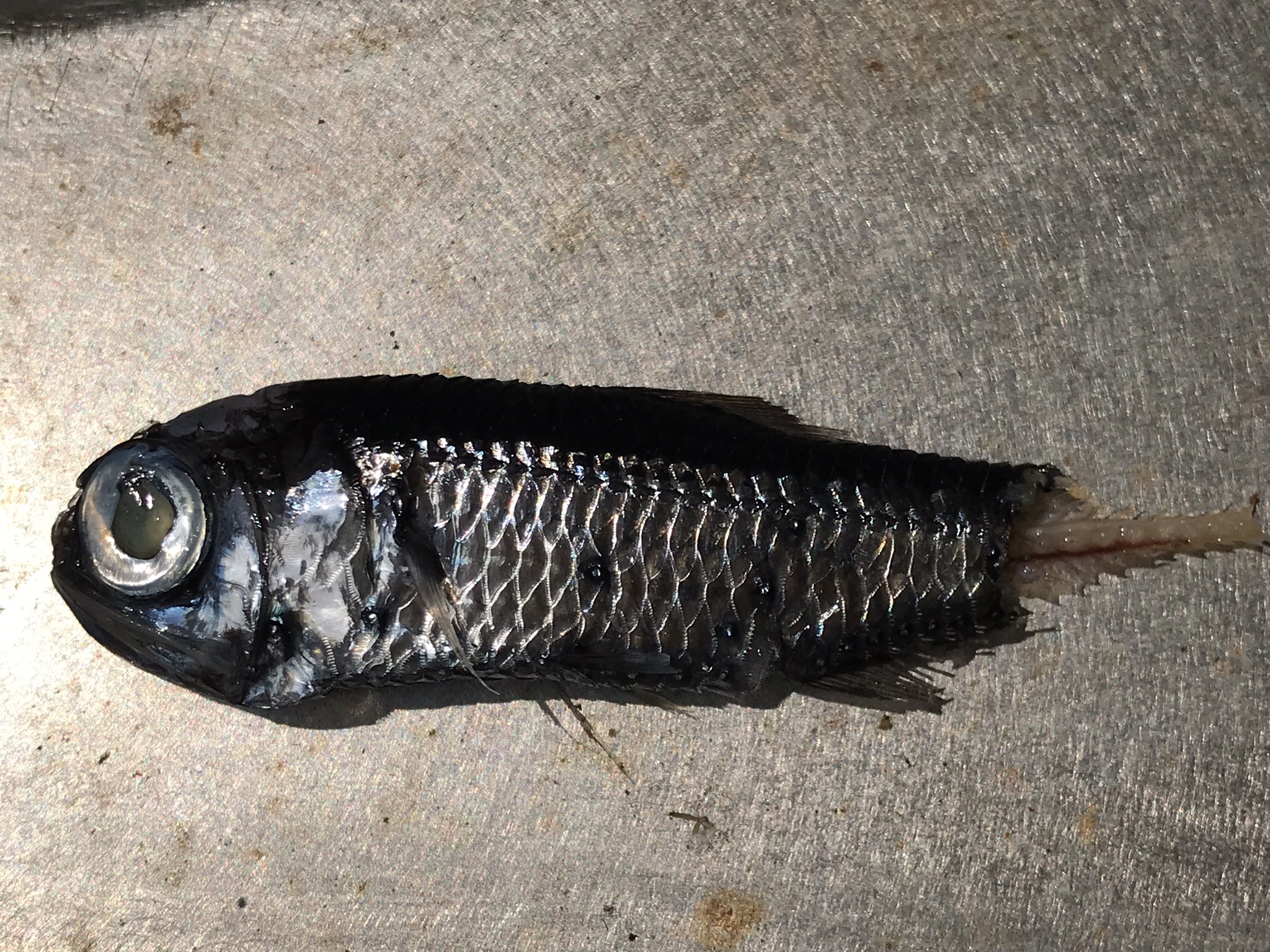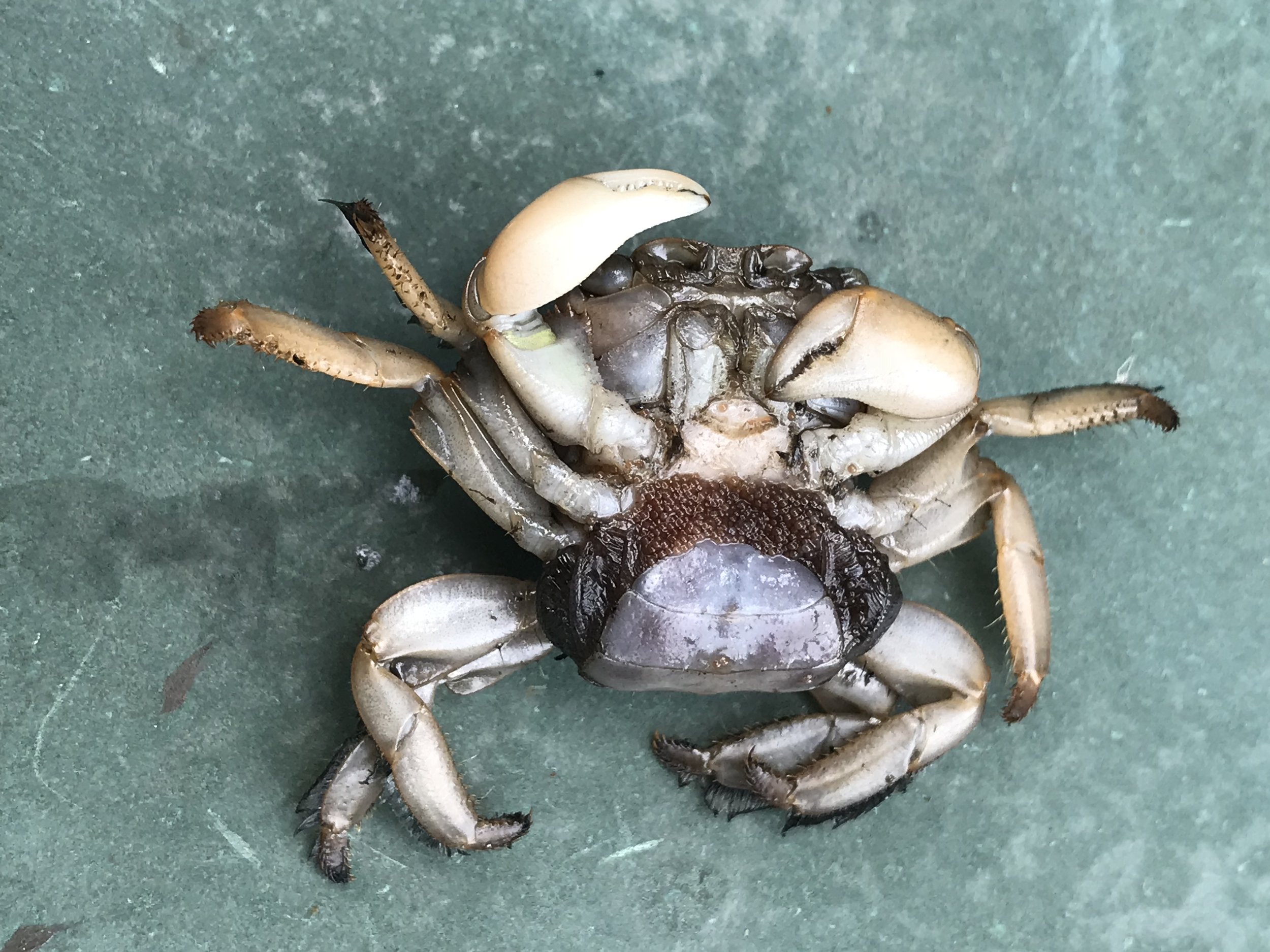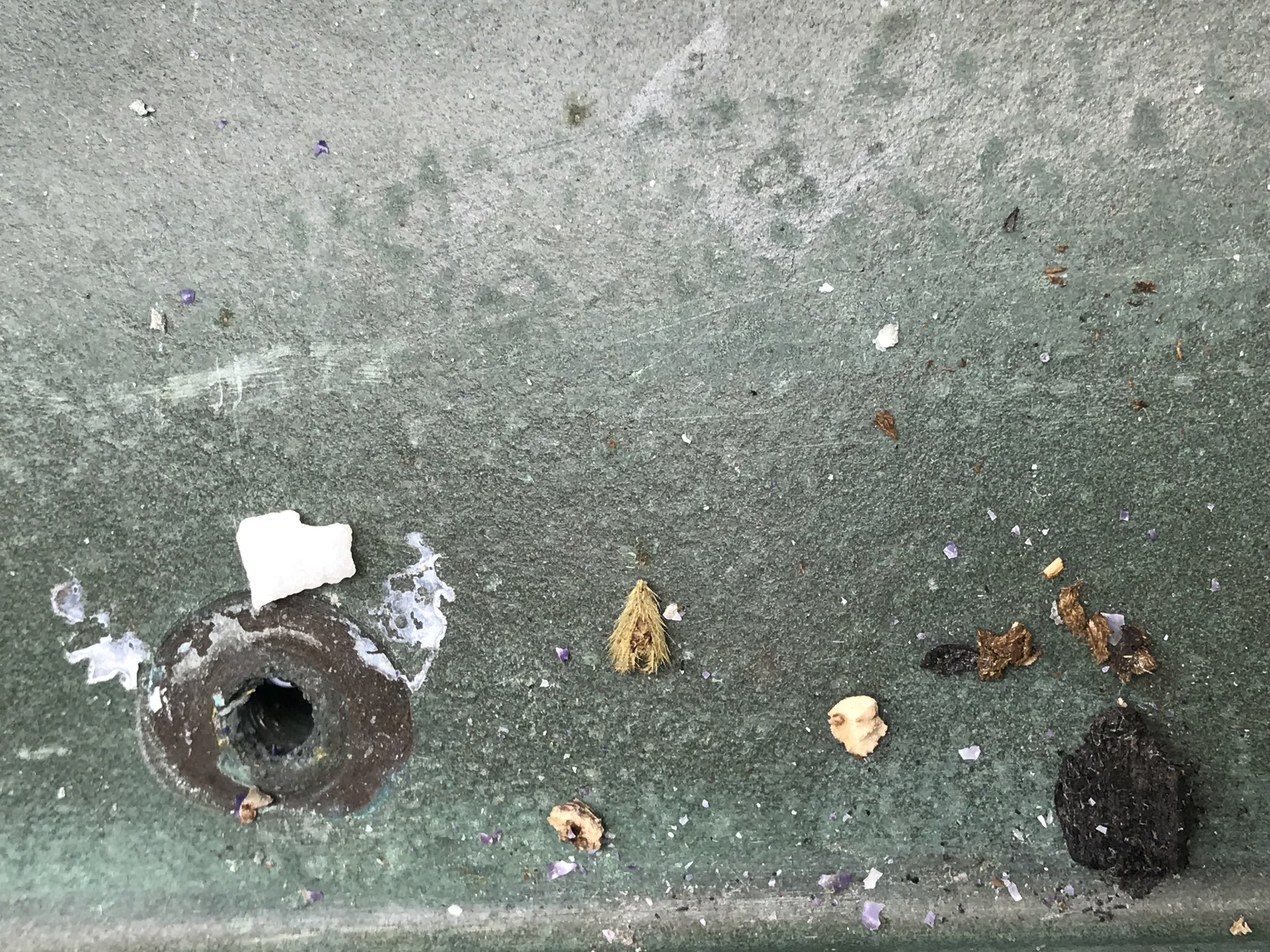When we were preparing for the first leg of HUMPACS, referred to as HUMPACS East, we found ourselves faced with a tough decision when it came to how the hydrophone should be mounted.
“Do we hang the hydrophone, or try to hard mount it as close to the sub as possible?”
When doing hydrophone operations just outside of Puako, Hawaii, we have found that you get the best audio if you hang the hydrophone at least 30 feet below the sub. This, obviously, is due to the fact that we’re basically decoupling the hydrophone from the sub. We also are able to pick up more sounds when we’re deeper.
Hearing that, you might wonder why we decided to hard mount the hydrophone during HUMPACS East.
Well, what we have also learned through years of experience monitoring the gliders off the coast of the Big Island is that when we have a hydrophone hanging, ocean currents become a much larger problem.
There are different currents at different depths, and so even though the glider (float, sub and hydrophone) are all relatively in vertical alignment, each part of them is getting pushed and pulled by a different current.
In Hawaii, it’s not that big of a deal for us because we keep the gliders in a relatively small area the majority of the time, and we can go rescue the glider if we really need to.
When sending it across the Pacific Ocean, it’s a different story. There are no rescue missions. It just has to work!
For that reason, we decided to keep the hydrophone hard mounted directly to the sub, with no separation or “acoustic isolation”. We knew that the background noise (flow noise, wing springs and rudder) would be very loud. However, we confirmed that even with all this loud background noise we would be able to detect humpback whales, as we did a proof of concept with humpbacks singing off Puako before sending it east. All this was worth it to know that the hydrophone would be very safe. After all, we’d never made this trek before, (no one had for that matter), so we didn’t know what kind of abuse it might encounter. Sharks, rubbish, wear and tear, getting tangled up by the umbilical. These were all big concerns, and, at the time, we needed to play it as safe as possible.



